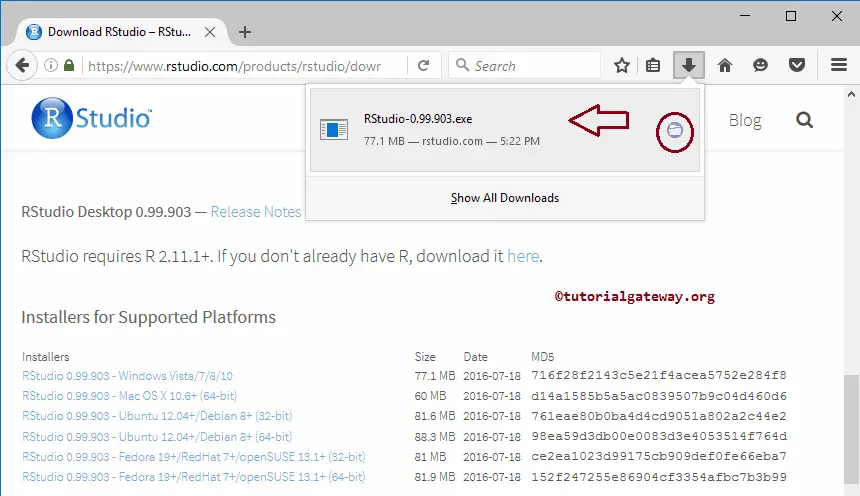

To install the latest installr version from GitHub use: if (!require('remotes')) install.packages('remotes') # make sure you have Rtools installed first! if not, then run: To install the stable version on CRAN: install.packages('installr') All of these steps are automatically done using functions in this package. While for Linux users, the installation process of new software may be just running a short line of code, for the regular Windows user it often includes browsing online, finding the latest version, downloading it, running the installer, and deleting the installation file.
To make it as easy as possible to install all of the needed software for R development (such as git, RTools, etc), as well as for reproducible research using R (such as MikTeX, pandoc, etc). To make updating R (on windows) as easy as running a function. chooseBioCmirror()įor (i in 1:length(missing)) biocLite(missing)Īll done, now you can get back to cracking out R code.The installr package offers a set of R functions for the installation and updating of software (currently, only on Windows OS), with a special focus on R itself. If you had any packages from BioConductor, you will need to reload those as well. Missing <- setdiff(installedpkgs, installedpkgs.new) Once you’ve got the new version up and running, reload the saved packages and re-install them from CRAN. Install the new version of R and let it do it’s thing.ģ. Save(installedpkgs, file="installed_old.rda")Ģ. Before you upgrade, build a temp file with all of your old packages. This work-flow is short, sweet, and cross-platform.ġ. 
However, this continues to be a popular post, so I have decided to keep it up. The installr package for Windows and the updateR package for OS X are particularly good. Since the first publication of this post, a couple of packages have emerged to automate this process.






 0 kommentar(er)
0 kommentar(er)
